Matthew Warren knows as much about the energy industry as anyone and his book Blackout (2019) is a very good overview of the system.
In the Financial Review on the weekend, he called for a contest of ideas and not a rigid central plan because the timetable for decarbonisation that AEMO provided for the government in the so-called Integrated System Plan is purely aspirational and it is not really a plan at all.
As a former chief executive officer of the Australian Energy Council and a veteran of the Energy Supply Association and the Clean Energy Council, some may argue Warren is too embedded in the parallel universe to fully challenge the decarbonisation narrative.
In my view, the story will not have a happy ending and the time has come for a new energy narrative based on realism and concern for the welfare of people and the planet. Let’s be energy realists and responsible stewards of the environment at the same time.
On that basis we can move forward using conventional power, including nuclear, to generate cheap, relatively clean and reliable energy, as we did two decades ago.
It has been acknowledged that building a power system driven by intermittent energy only is a radical and unproven venture, but the Western world is betting the farm on it. Given this, it is already admitted that we will have to adjust to unforeseen difficulties.
Wind droughts were not anticipated and they have emerged as the fundamental problem, a fatal flaw in the system, the Achilles heel of Net Zero the program… The official wind-watchers and meteorologists did not warn us.
It was left to others, notably the world-leading wind-watchers Anton Lang and Paul Miskelly, who documented our wind droughts over a decade ago. Now everyone can see them in the public records from AEMO, displayed at Aneroid Energy.
You can also look at the Nemwatch Widget at breakfast and dinnertime and see how often you will sit down to a hot meal on the back of wind power!
The time has come to face the facts about wind droughts and the futility of the three strategies, the ‘Holy Trinity’: transmission lines, pumped hydro, and batteries that are supposed to keep the lights on through windless nights.
When the wind is low across the whole of the NEM, there is no spare wind power for the interstate connectors to carry. As for pumped hydro, where in the world are large pumped hydro schemes powered by intermittent energy? And batteries! Do the arithmetic and see the puny capacity of even the largest ‘big batteries’ compared with the demands of the grid on a windless night.
As Mark Mills explains, the so-called energy transition is not happening worldwide. Trillions of dollars of expenditure over two decades have hardly moved the needle from fossil fuels to green energy.
What is more, there is no way that it can happen, considering the amount of rocks that have to be dug up and transported and then converted into a myriad of products using highly energy-intensive processes.
The AEMO data dashboard has a tab for Renewable Penetration which gives the impression that we are making steady progress with the green transition. The high point is approaching 70 per cent, and the average was up to 36 per cent last month. That is the metric of choice in the parallel ‘Net Zero’ universe.
In the real world, the critical indicator is the amount of wind and solar power generated in the worst case, the night with little or no wind. That is next to nothing and increasing the installed capacity by a factor of 5 or even 10 (if you can imagine that) will not help because 5 or 10 times next to nothing is still next to nothing.
Do not dismiss that argument as unfair or misleading cherry-picking. It is due diligence to see if the equipment is fit for purpose. So we put our weight on the rungs of the ladder before we use it, maintenance workers look for defective parts in aero engines, we check the low point of the flood levy, the gap in the fence around the stock, and the weak link in the chain.
The tipping point in warming was a bogey invented by climate alarmists and now we are approaching a very real tipping point in the power supply.
This is a highly simplified picture of the way we are approaching a critical tipping point in the power supply as conventional power capacity (mostly coal) has run down since the turn of the century.

We expect that coal will continue to exit the system until it falls below the level of peak demand at dinner times. Then the first shocks of wind droughts will be felt. Eventually, the supply of conventional power will fall below the base load that is required day and night. Then there will be rolling blackouts every night when the wind power falls away to a point where it cannot make up the difference between the downward-sloping line of conventional power and the horizontal line representing demand.
The Renewable Energy enthusiasts expect that increasing the capacity of wind and solar will ensure that the gap is closed but on windless nights there nothing to fill the gap. Heroic load shedding, and widespread rolling blackouts, will be required to avoid a system-wide blackout.
All the states and nations on the road to Net Zero by wind and solar power will arrive at the tipping point sooner or later. Britain and Germany have arrived there but their collapse is cushioned by power imported from other places. We are on the brink and we don’t have any extension cords.
Lately, there has been a flurry of alarm about this potentially catastrophic situation but it should not come as a surprise. Since early 2020 the Energy Realists of Australia sent a series of briefing notes to all state and federal MPs and many journalists to raise concern about wind droughts, lack of storage and cognate matters. However, the major parties all pressed on with aggressive policies to eliminate coal (surely the biggest public policy blunder in our history) and they all share the responsibility for the impending crisis.
Moreover, the press corps neglected to inform the general public about the issues and voters sleep-walked into the last election without understanding the energy policy issues that are at stake. Echoing Paul Keating’s pronouncement on his recession, you could say that this is the energy crisis that we had to have!
Got something to add? Join the discussion and comment below.
Get 10 issues for just $10
Subscribe to The Spectator Australia today for the next 10 magazine issues, plus full online access, for just $10.

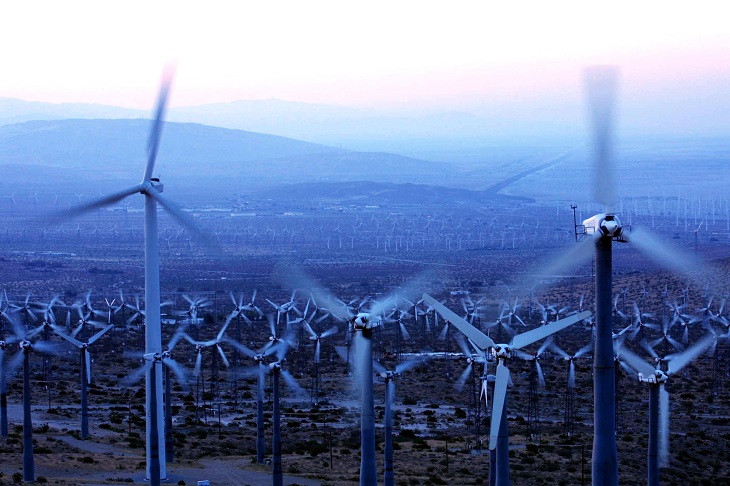

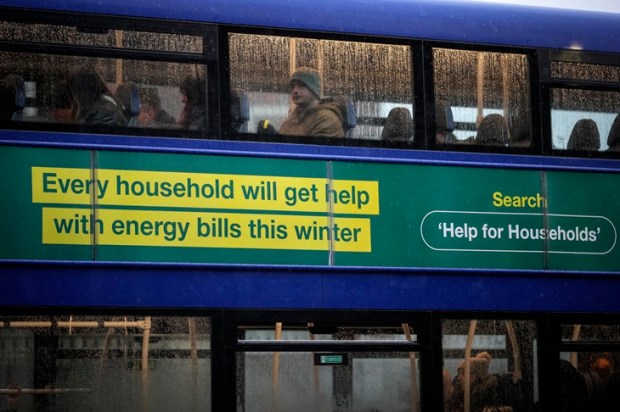
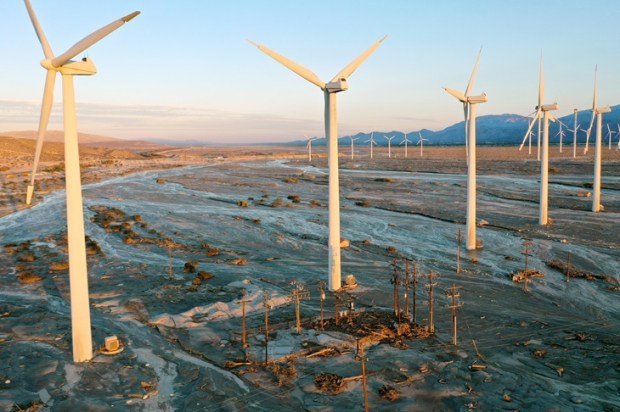
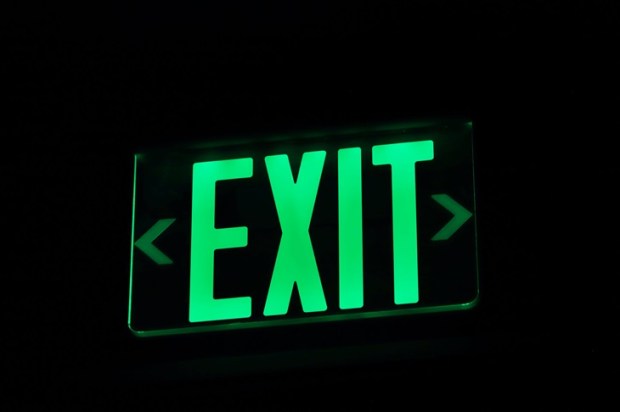
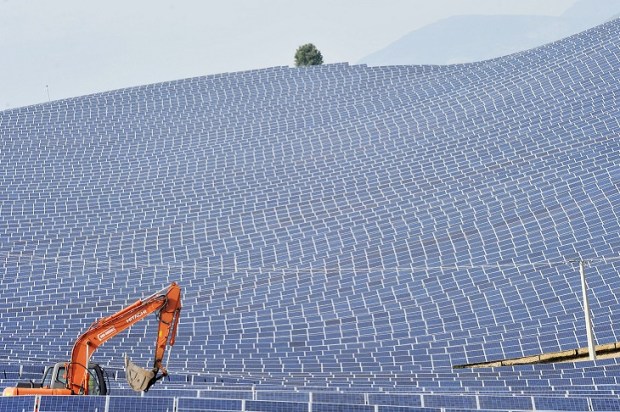
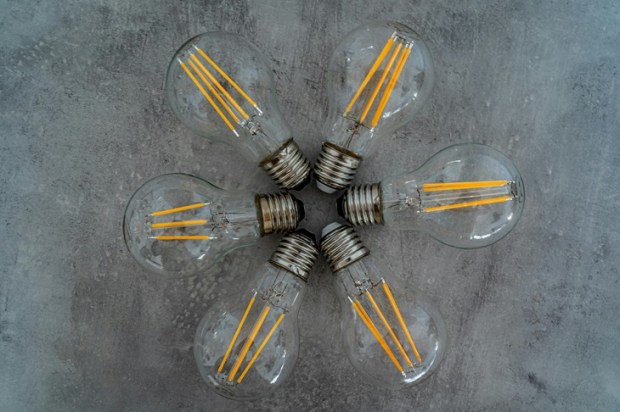






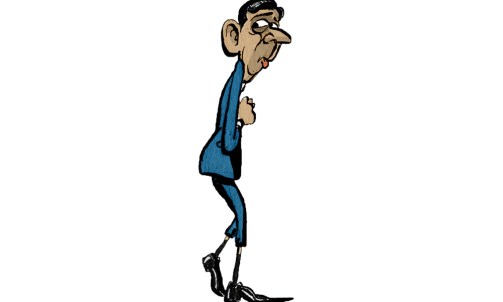
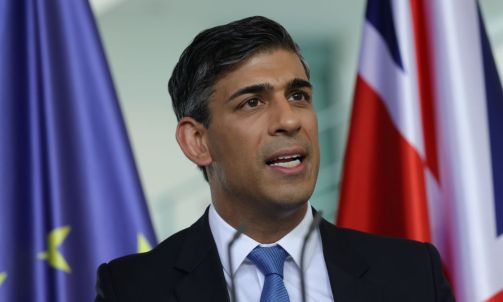
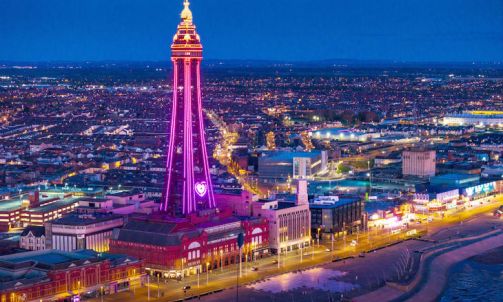
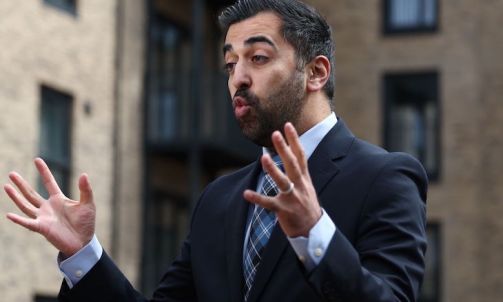
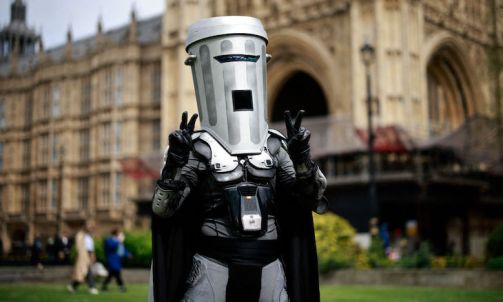
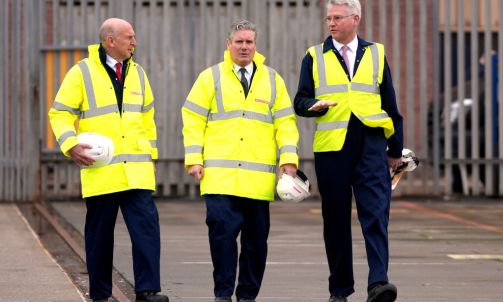






Comments
Don't miss out
Join the conversation with other Spectator Australia readers. Subscribe to leave a comment.
SUBSCRIBEAlready a subscriber? Log in